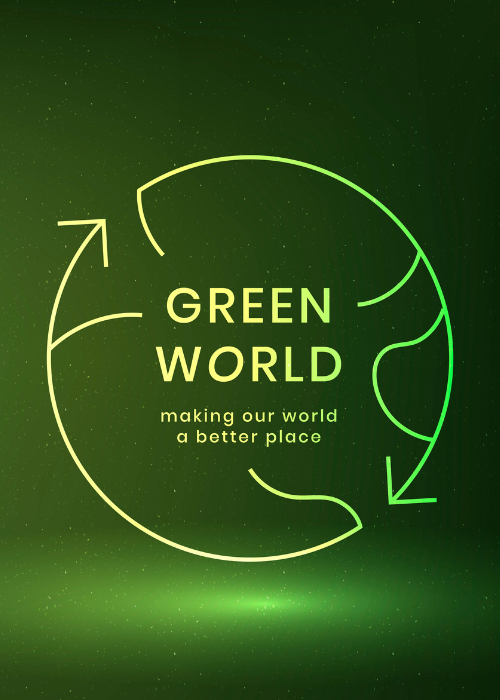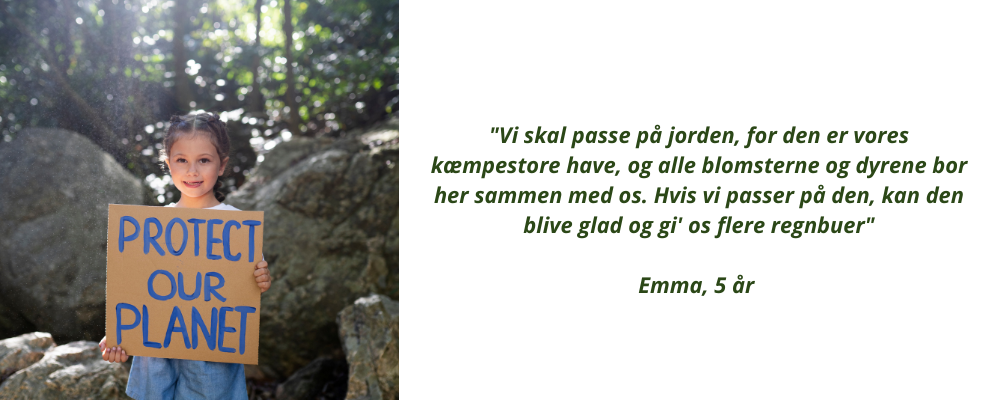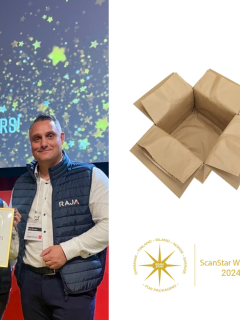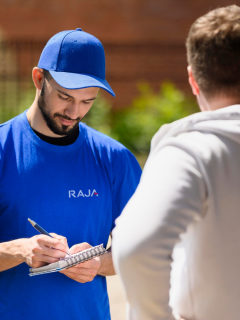As sustainability and environmental responsibility become more important in EU legislation, new requirements are coming for the packaging industry. From 2025, the EU’s new packaging requirements will come into force and will change the rules of the game for businesses across Europe. The aim is to reduce waste, increase recycling and ensure we all take part in the transition to a circular economy. For businesses, this means it’s time to prepare – but what do the new requirements mean and how can companies best adapt?
The EU’s new packaging requirements focus on minimising the environmental impact of packaging through several initiatives:

Increased use of recyclable materials:
Packaging should be made more from materials that can be reused or recycled. This means, for example, that companies should avoid materials that are difficult to degrade and instead choose recyclable alternatives.

Reducing packaging waste:
The goal is to reduce the amount of packaging waste, both to protect the environment and save resources. This can be done by reducing unnecessary packaging or designing packaging more efficiently.

Design for a circular economy:
Packaging products should be designed to fit into a circular economy where resources are kept in circulation for as long as possible. This means that packaging should be repairable, reusable or recyclable instead of simply ending up as waste.
Why are the new requirements important?
The new requirements reflect the EU’s vision of a more sustainable society and an economy based on recycling rather than waste generation. For businesses, the new rules can also be an opportunity to create value, both by reducing costs through efficient packaging design and by strengthening the brand image as environmentally friendly and responsible. There are also growing expectations from consumers. More and more people want to buy products from companies that take climate and the environment seriously. By adapting to the new demands, companies can meet these consumer demands and future-proof their business model.
How can companies prepare?
Review and evaluate packaging materials:
The first step is to look at
the existing packaging
and consider whether it fulfils
to the new requirements. Are the materials
easy to recycle? Are there any unnecessary elements that
can be removed without
damaging the product?
Work with environmentally conscious suppliers like RAJA:
Suppliers can be an important partner in finding more sustainable materials and
developing innovative solutions.
RAJA has experience with sustainable alternatives and can help find the best solutions for your business.
Implement
recycling solutions:
Consider if there are ways your packaging can be reused by customers. This could be through a deposit or return programme where customers return the packaging so it can be used again.
Create a strategy
for circular design:
It’s about thinking about the entire packaging lifecycle. Can the packaging be easily disassembled,
so different materials can be recycled separately? Are there
ways to optimise the design,
to minimise material consumption without compromising product protection?
Prepare your
communication:
Consumers are increasingly interested in how products and packaging affect the environment.
Make it easy for them to understand how your packaging meets the new requirements and what sustainable choices you have made.
Transparent and honest communication can strengthen your position in the market.

Benefits of being proactive
For organisations that are early adopters of new requirements, the benefits are clear. Taking the initiative now can reduce risks and potential costs later when the requirements come into effect. Furthermore, a proactive approach can give you a head start in marketing yourself as a frontrunner in sustainable packaging – a clear competitive advantage at a time when consumers value environmental friendliness.
Final thoughts
The new EU packaging requirements coming into force in 2025 may seem like a big challenge, but they are also a unique opportunity for companies to rethink packaging and contribute positively to the environment. By preparing well in advance, companies can not only ensure compliance, but also gain significant benefits and improve their sustainabilityreputation .
Preparing for the future now can prove to be an investment that helps both business and our planet in the long run.

Here are some great links and sources to help you, the reader, dive deeper into the topic of the EU’s new packaging requirements and sustainability:
EU Environment Portal – Here you can find official information on EU environmental policy, including the upcoming packaging requirements, sustainability initiatives and circular economy: EU Environment – European Commission
European Green Deal – The EU Green Deal sets the direction for a sustainable economy in Europe and provides concrete goals and strategies: European Green Deal














